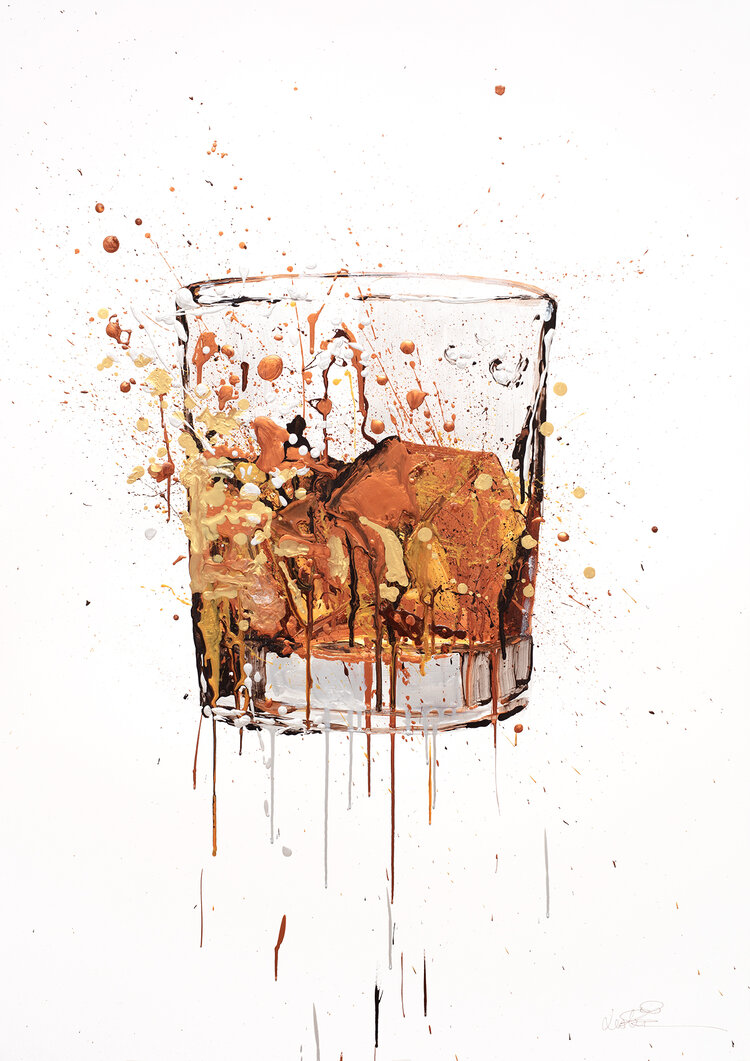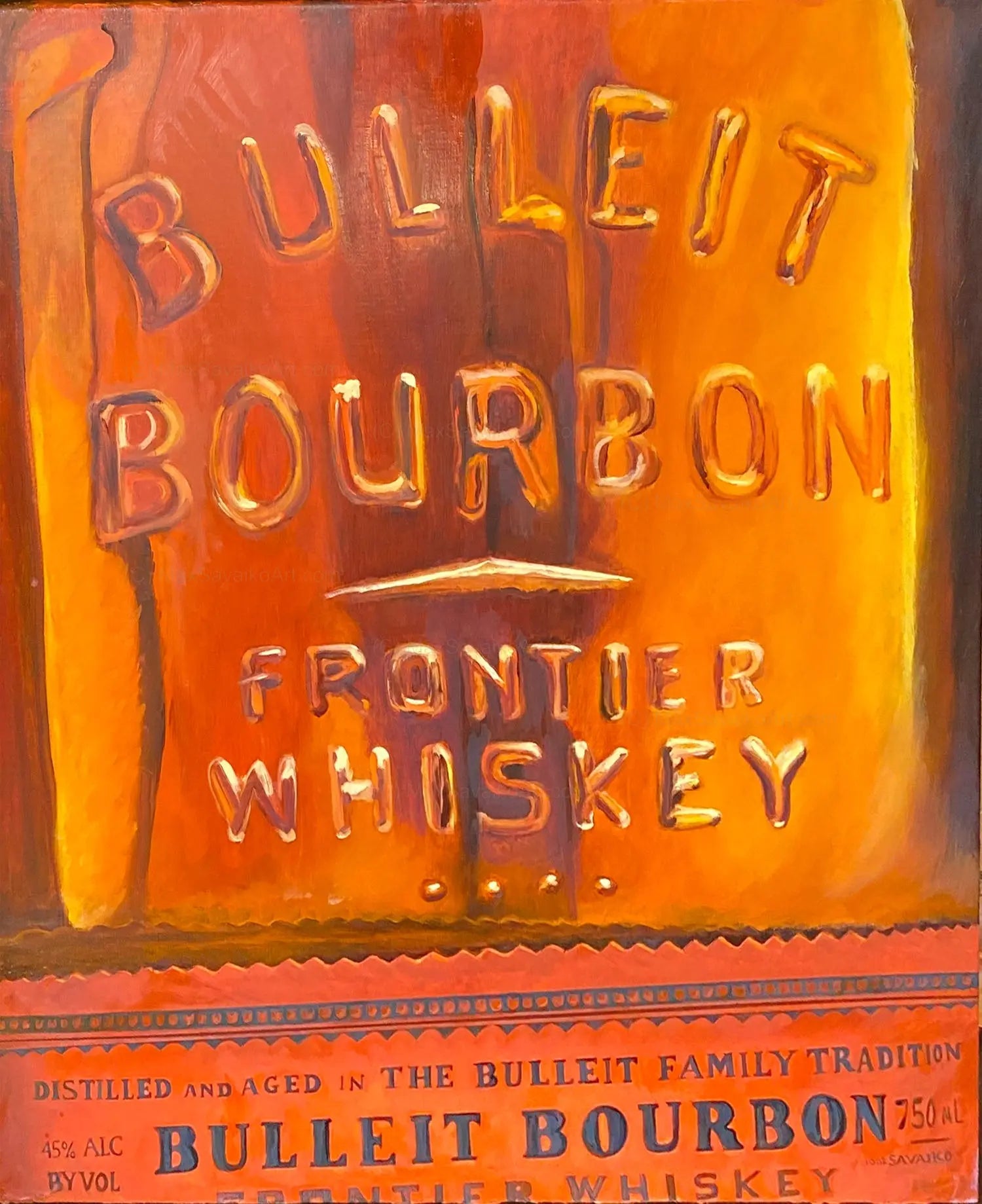The Relevance of Whiskey Art in Celebrating Heritage and Craftsmanship in the Beverage Industry
The elaborate connection between whiskey art and the party of heritage and workmanship within the beverage industry can not be overemphasized. Via thoughtfully designed bottles and tags, scotch brand names encapsulate their historic origins and the artisanal abilities that define their manufacturing techniques. This artistic dimension not only improves market appeal but additionally acts as a channel for cultural narration, cultivating a much deeper connection between the craft and the consumer. As we explore the different elements of this topic, intriguing concerns concerning the impact of modern-day patterns on conventional practices emerge, prompting further examination.
The Historic Origins of Whiskey
At the heart of scotch's allure exists a rich tapestry of historic roots that trace back to ancient human beings. The origins of bourbon can be linked to the distillation practices of the Sumerians and Babylonians around 2000 BCE, where very early types of fermented grain drinks began to emerge. However, it was in the Middle Ages that the art of purification evolved substantially, particularly in Ireland and Scotland, leading to the production of bourbon as we understand it today.
The term "scotch" itself acquires from the Gaelic word "uisce beatha," meaning "water of life." This phrase underscores the cultural value of scotch in Celtic cultures, where it was usually connected with routines, parties, and public bonding. By the 15th century, distillation became an acknowledged craft within reclusive areas, leading the means for the establishment of legal distilleries.
As trade paths broadened, scotch's appeal expanded, going beyond local borders and recording the passion of connoisseurs worldwide. Bourbon Art. This historical journey reflects not only the craftsmanship behind whiskey production but also its essential function in social and cultural contexts, marking it as a significant beverage throughout history
Artistic Expression in Branding
Bourbon branding stands as an engaging junction of virtuosity and business, where aesthetic identity plays a vital function in shaping consumer perception. The looks of scotch labels, packaging, and marketing products mirror not only the brand's story but also its core worths and heritage. Via creative expression, distilleries communicate a narrative that reverberates with customers, evoking emotions and triggering links.
Using color, typography, and images in branding serves to differentiate items in a saturated market. For instance, traditional concepts may stimulate a sense of credibility and craftsmanship, while modern-day styles can signify advancement and forward-thinking. This calculated artistic instructions boosts brand acknowledgment and loyalty, enabling customers to forge an individual relationship with the scotch they pick.
Furthermore, imaginative expression in branding frequently works as a party of regional heritage. Distilleries often include local signs or historic references into their styles, developing a sense of location that welcomes customers to take part in a wider social experience. Inevitably, the artistry behind whiskey branding not just boosts aesthetic appeal but likewise enhances the general narrative of the brand, cultivating a deeper admiration for the workmanship and heritage embedded in each bottle.
Craftsmanship in Bottle Style
The virtuosity noticeable in whiskey branding extends beyond visual identity to include the craftsmanship included in container layout. Each container acts as a vessel not just for the spirit within, but also for the story it outlines its origin, tradition, and quality. The style process needs precise attention to detail, as elements such as form, closure, and material add substantially to the general perception of the whiskey.
Workmanship in container style involves selecting high-quality glass that can boost the bourbon's color and clarity, while additionally supplying a tactile experience for the consumer. The shape of the container should be both functional and cosmetically attractive, typically reflecting the heritage of the brand name. Lots of distilleries go with one-of-a-kind forms or embossed logo designs that evoke a feeling of authenticity and history.
Additionally, the label layout and typography play a vital function in connecting the brand name's narrative. Realism Art. A well-crafted bottle not just mesmerizes the consumer's eye however also strengthens the brand's dedication to quality and custom. This way, the workmanship of bottle style becomes a crucial aspect of the scotch experience, combining creativity with an extensive respect for heritage
Social Significance of Scotch Art
Commemorating tradition and workmanship, the social importance of bourbon art transcends simple appearances, intertwining with the social and historic stories of the areas from which it comes from. Each find out this here container serves as a canvas, illustrating the unique stories, mythology, and practices that have shaped neighborhood whiskey-making practices. The elaborate layouts often show the heritage of the distillers, including icons and motifs that resonate with the society and worths of their areas.

In addition, bourbon art plays a crucial role in common celebrations and events, working as a tangible web link in between people and their shared experiences. By appreciating the virtuosity in whiskey product packaging, customers cultivate a deeper understanding and regard for the craft, ultimately enhancing their satisfaction of the beverage itself.
Modern Trends in Whiskey Discussion
In the last few years, the presentation of scotch has actually evolved to reflect click reference modern preferences and fads while still honoring standard workmanship - Bourbon Art. Distilleries are progressively concentrating on visual components that enhance the general alcohol consumption experience, linking the void between heritage and modernity
Innovative bottle styles have actually arised, usually incorporating sustainable materials and creative labels that inform More about the author engaging tales. Many brands now work together with regional musicians, infusing their items with special aesthetic expressions that reverberate with customers. In addition, limited-edition launches are usually packaged in collectible containers, including worth and allure for aficionados.

Conclusion
In final thought, scotch art serves as a vital conduit for expressing the heritage and workmanship integral in the drink market. With elaborate branding, innovative bottle layouts, and culturally substantial imaginative aspects, scotch brands effectively recognize their customs and connect with consumers.


Craftsmanship in bottle layout entails choosing premium glass that can enhance the bourbon's shade and clearness, while also giving a responsive experience for the consumer. In this means, the workmanship of bottle layout ends up being an important aspect of the bourbon experience, merging virtuosity with an extensive respect for heritage.
In verdict, scotch art offers as a crucial conduit for sharing the heritage and craftsmanship inherent in the drink industry.